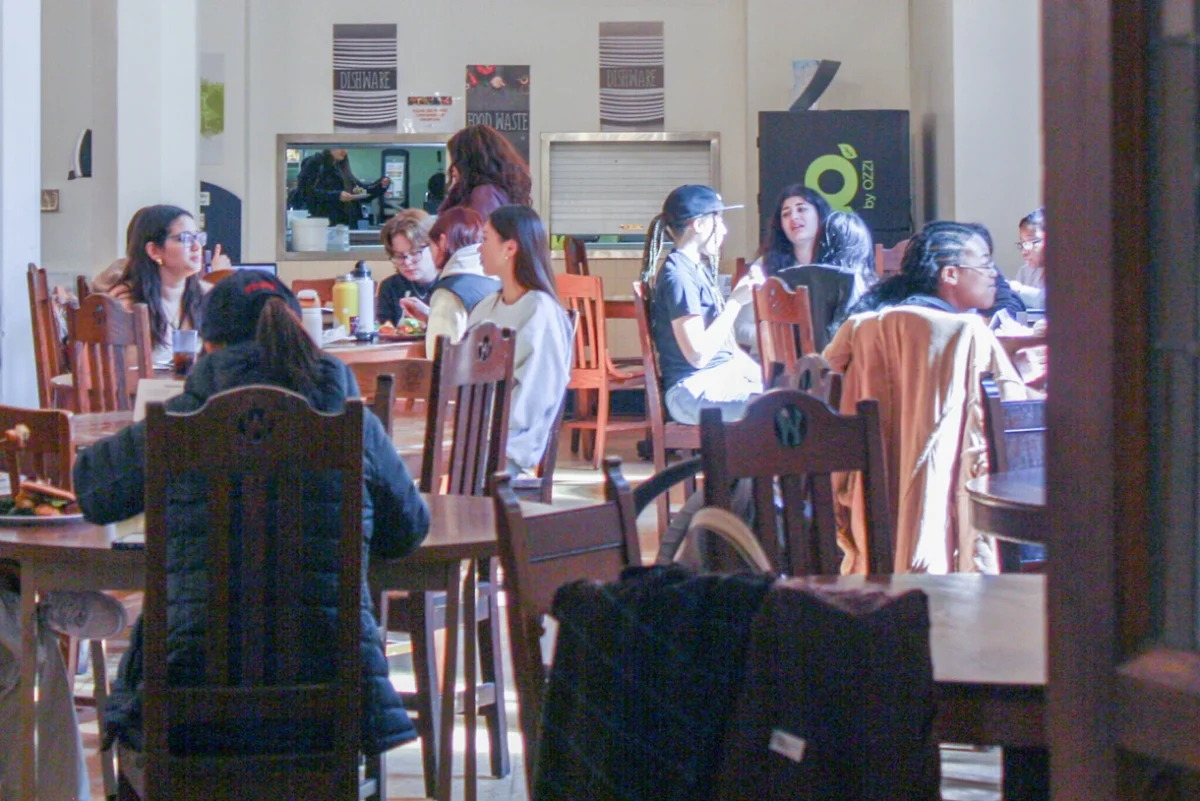DrinkSavvy drinkware to hit stores mid-2014
by Stephanie Gall ’14, Staff Columnist
One night, Boston attorney Mike Abramson went out to a local bar to celebrate a friend’s birthday. At some point that evening, someone drugged his drink. “About halfway through that first drink,” he said, “it started to feel more like my 15th.” Waking up the next morning with a foggy memory and, thankfully, no injuries, he knew that he needed to find a way to test his drink for drugs in the future. While a few methods for drug detection already exist, the execution of these types of testing—sampling the drink and smearing it onto a test strip—is better suited for a laboratory, not a bar. So Abramson developed the concept of drinkware that changes color when it detects a drug. To create the prototype, he enlisted the help of Worcester Polytechnic Institute professors John MacDonald and Christopher Lambert. The idea has since expanded into a company called DrinkSavvy.
“The end product is a beverage container that looks and functions normally, except that the plastic cup, plastic straw, stirrer, swizzle stick, glass, beer bottle, [and] beer can will change color to immediately provide a warning to the user if a drug is detected,” Abramson said.
The color change can instantly alert the cup’s owner if her drink is spiked, presumably before she has even taken a sip. And the color change would be hard to miss. All the DrinkSavvy drinkware starts out looking like a typical glass with a DrinkSavvy logo, but after the glass comes into contact with a drug, it turns bright colors. Unlike a test strip, DrinkSavvy-ware constantly monitors your drink. With test strips, someone could slip drugs into a drink post testing, unbeknownst to the imbiber.
Drink spiking has increasingly become a problem in recent years, and women are the most frequent victims. Abramson is careful to note that even with DrinkSavvy cups, it is still important to exercise caution, always go out with a group of friends and refrain from leaving drinks unattended or accepting drinks from strangers. That being said, Abramson is confident in DrinkSavvy’s product.
“Helping to raise awareness about this terrible and underreported crime, and even preventing one person from being the victim of a drug-facilitated sexual assault would make DrinkSavvy wildly successful,” he said.
The project has experienced tremendous support, raising over $52,000 in less than 45 days and receiving many orders from bar and club owners, individuals and alcoholic beverage companies. DrinkSavvy is currently working on developing partnerships with bars and drinkware companies like SoloCup to sell its products. The company is also encouraging colleges and universities to dispense DrinkSavvy products to students. Though DrinkSavvy products are not yet sold in stores, the drinkware line should be available by the middle of 2014.
Edit: a previous version of this article read “the plastic cup, plastic straw, stirrer, swizzle stick, glass, beer bottle, [and] beer will change color to immediately provide a warning to the user if a drug is detected.” The beverage itself will not change color, only the DrinkSavvy beverage container.




